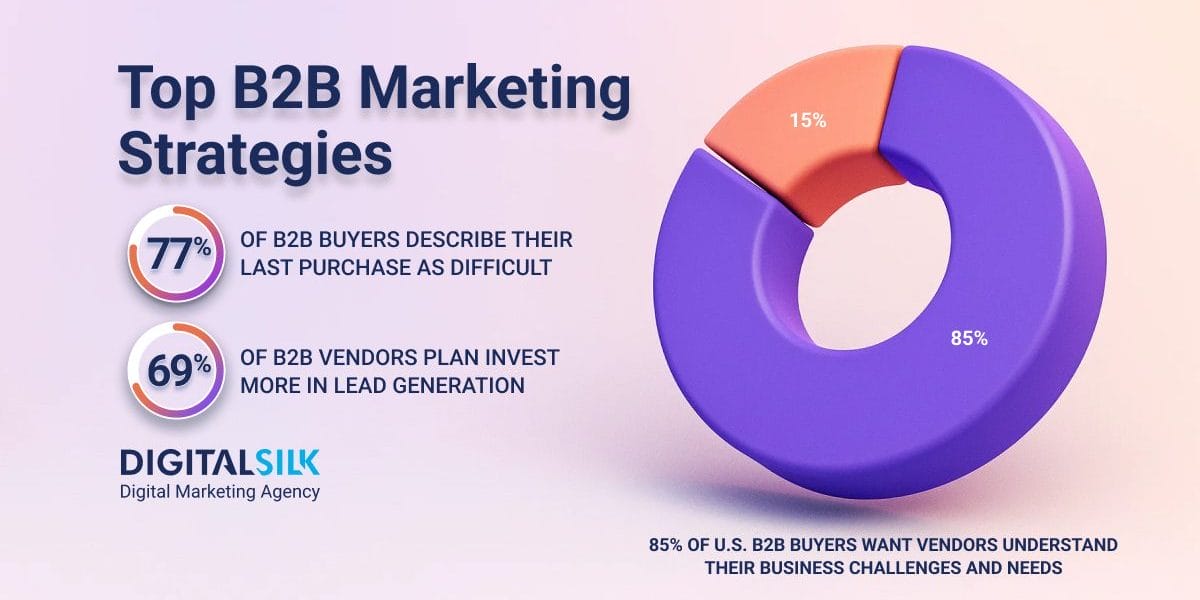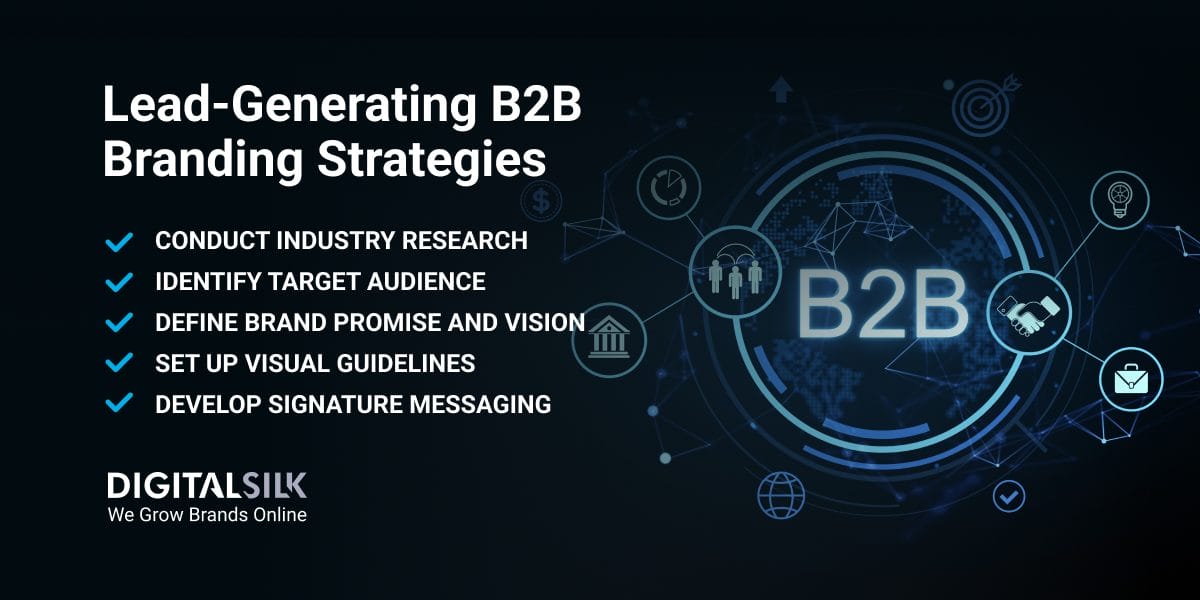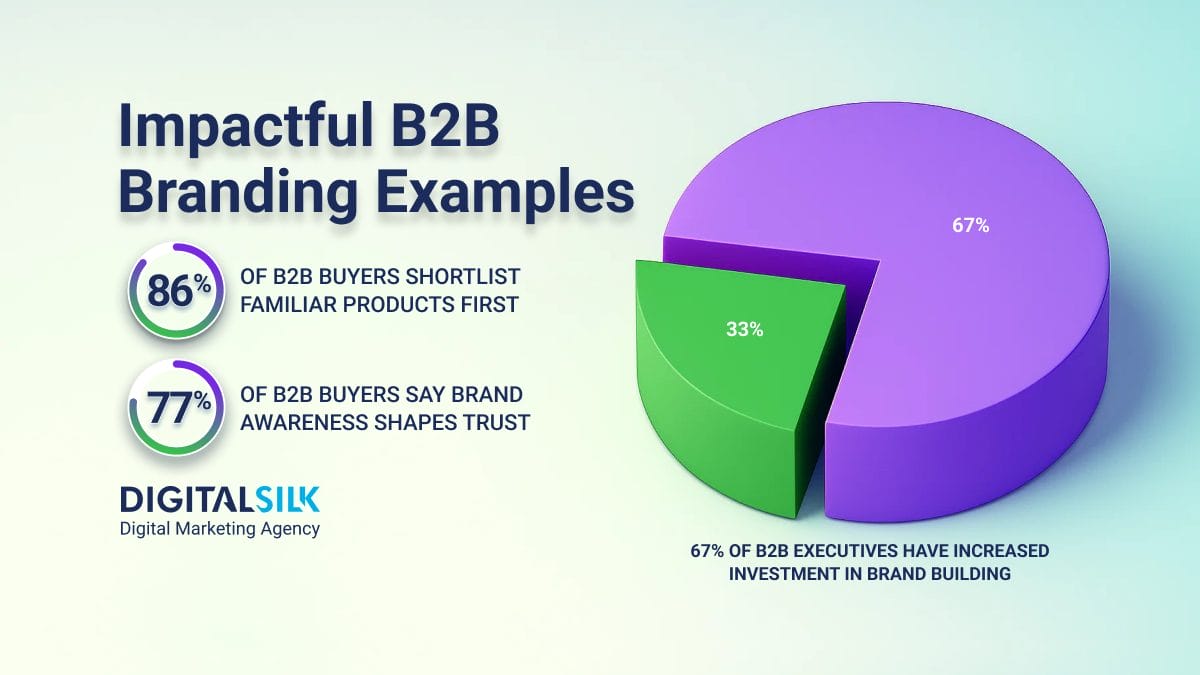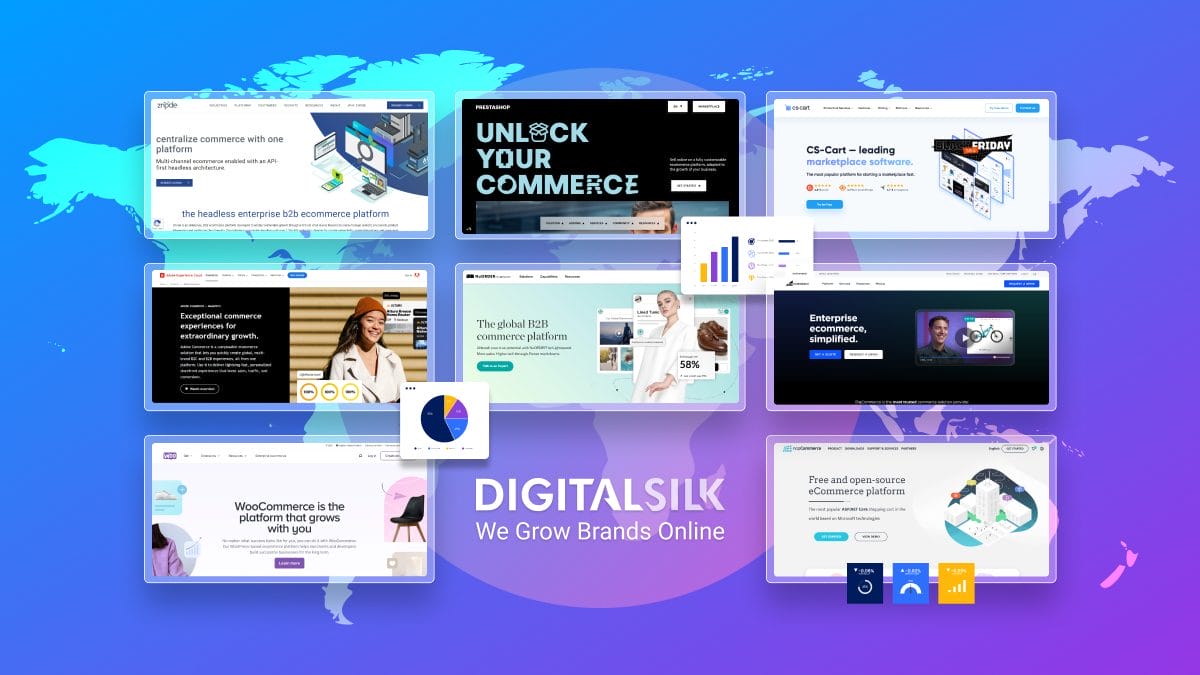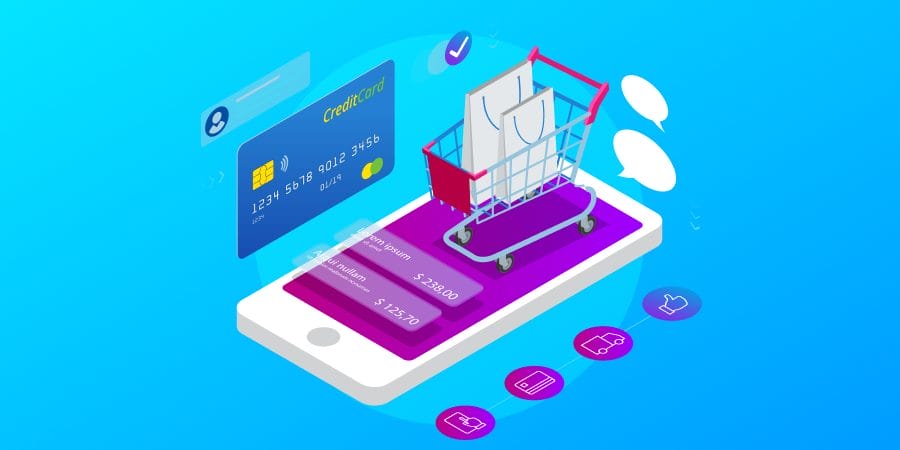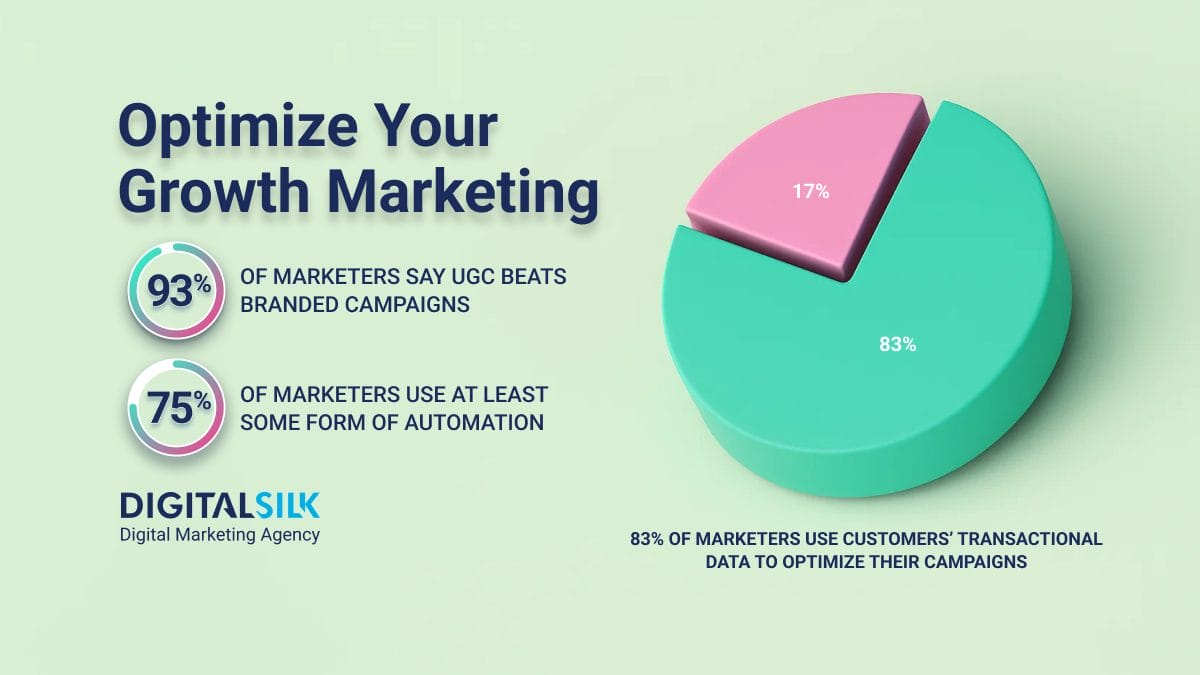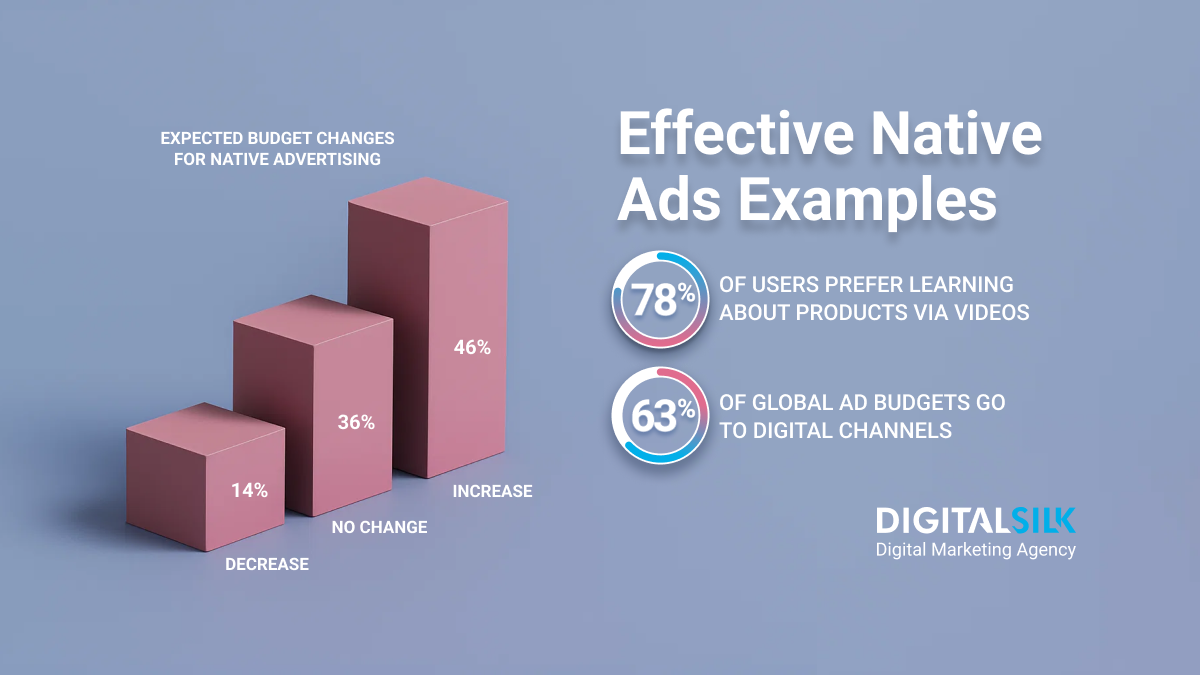B2B Marketing Strategies: Key Highlights
-
Analyze buyer behavior: Map how prospects actually research, compare and validate vendors to align content and timing with what drives momentum.
-
Unify creativity and analytics: Balance bold brand storytelling with measurable attribution so marketing inspires and proves value simultaneously.
-
Use AI as an advantage multiplier: Automate intelligently to predict engagement, refine timing and personalize content around audience behavior.
Enterprises are increasing their B2B marketing budgets faster than ever, yet many still struggle to turn visibility into measurable results.
With U.S. B2B marketing spending expected to reach $135 billion by 2028, the climb signals a race to find strategies that prove value and relevance at every stage.
The advantage lies in connecting insight with bold execution, where every campaign serves both brand growth and demand generation.
In this post, we explore the most impactful B2B marketing strategies for 2026 with examples from leading enterprises and actionable steps to help you create measurable growth.
10 B2B Marketing Strategies To Maximize Results
Buying decisions have become unpredictable and every move depends on how well companies anticipate what their audiences need next.
The right B2B marketing strategy turns uncertainty into direction by aligning timing, relevance and foresight.
Below are 10 ways to drive momentum and create measurable impact in 2026:
1. Define And Segment Your Audience
Even the most thoughtful strategy can lose impact if it speaks to everyone the same way.
Defining and segmenting your audience means pinpointing the specific types of organizations and decision-makers your message should reach.
85% of U.S. B2B buyers say it’s very or moderately important that vendors understand their business challenges and needs, which shows that precision and relevance start with clarity about who you serve.
The goal is to view your market as a set of distinct groups with unique roles, priorities and pressures instead of a single, undifferentiated audience.
How to define and segment effectively:
- Start with firmographic insights such as company size, industry, location and revenue to identify which organizations align best with your solution
- Add demographic and role-based details to understand who within those organizations influences or makes purchasing decisions
- Incorporate behavioral data to see which segments engage most often with your content and where they show the strongest intent
- Collaborate with sales and client-facing teams to validate audience profiles and refine them based on real-world interactions
- Revisit segmentation regularly to adjust for changing business priorities, market shifts and customer pain points
LinkedIn has built its strategy around clear audience segmentation, recognizing that recruiters, advertisers, sales teams and job seekers all have different objectives.
Its marketing and product experience reflect those distinctions with tailored messaging and solutions for each group.
For example, LinkedIn Marketing Solutions speaks to B2B advertisers with data-driven insights on performance and reach, while Talent Solutions appeals to HR leaders focused on efficiency and candidate quality.
This focus on defined audience needs allows LinkedIn to remain relevant across multiple segments while maintaining a consistent brand voice.
Why It Matters In 2026
Markets are fragmenting faster than ever as AI and automation personalize experiences at scale.
The brands that win will combine firmographic, technographic and intent data to build audience segments that predict needs and not just describe them.
2. Understand The Buyer Journey
Most marketing plans fall short because they assume every buyer follows a predictable path from awareness to purchase.
In reality, 77% of buyers describe their last purchase journey as very complex or difficult, influenced by multiple voices, changing priorities and an overload of information.
Understanding that process exposes what truly drives decisions, where hesitation begins and how trust is built along the way.
When companies take the time to see the full picture, every message, channel and conversation starts to work with the buyer’s reality instead of against it.
How to put this into practice for your B2B digital marketing strategy:
- Map each stage with intent to uncover what buyers are trying to solve and what holds them back at each step
- Create a detailed journey map that shows how prospects engage with your brand and where friction appears, then use it to improve timing and communication
- Talk directly to buyers through interviews or by collaborating with sales and client teams to uncover insights that data alone can’t provide
- Base every decision on consistent research so strategies reflect actual behavior rather than assumptions
Understanding the buyer journey is about seeing decisions as a sequence of moments, not isolated interactions.
It’s how you uncover when interest begins, how it develops and what finally turns consideration into action.
For instance, Salesforce understands that B2B buyers care less about features and more about outcomes that move their teams forward.
Through its Trailblazer community, the company turns customers into the central figures of its story, showcasing real achievements rather than product claims.
Its content, events and campaigns reflect the ambitions and challenges of today’s business decision-makers, showing how meaningful marketing begins with understanding what drives people, not platforms.
Why It Matters In 2026
B2B buyers use non-linear, self-directed paths with an average of 10+ digital interactions before contacting sales.
Mapping these complex journeys reveals what influences your audience’s decisions the most and how each strategy can help you close more deals.
3. Conduct Competitor And Market Analysis
With 69% of B2B companies planning to increase investments in lead generation over the next 12 months, understanding who you’re up against has never been more important.
When everyone is competing for the same prospects, insight becomes your advantage.
Competitor and market analysis reveals where opportunities truly exist, which strategies are saturated and where differentiation can actually drive growth.
In B2B advertising, the goal isn’t to copy what works for others but to uncover the gaps they’ve missed and use them to position your brand more intelligently.
Here’s how to turn competitor analysis into data-driven strategy:
- Identify your true competitors by mapping who targets the same audience and solves similar problems, not just who appears in the same industry
- Analyze their strengths and blind spots through their messaging, content, ad creative and outreach to see where they resonate and where they fall flat
- Evaluate their B2B advertising tactics across paid search, social and display to understand how they capture attention and convert interest
- Study engagement patterns such as comment quality, share rates and feedback trends to gauge what connects with audiences
- Run a SWOT (Strengths, Weaknesses, Opportunities and Threats) analysis to define how your offer compares in value, positioning and messaging
Why It Matters In 2026
AI-assisted research tools have made competitive intelligence accessible to everyone, which means market differentiation requires depth, not just raw data.
Brands that continuously monitor competitors’ content, messaging and ad performance uncover whitespace others miss.
4. Build A Balanced Marketing Mix
Many companies focus too narrowly on one part of their marketing strategy, which often creates short-lived results and fragmented efforts.
A marketing mix restores balance by defining what you offer, how it’s priced, where it fits within the buyer experience and how it’s promoted to create demand.
When these elements work together, they form the foundation that makes effective B2B marketing tactics more deliberate and measurable.
The strength of your mix determines whether your strategy can evolve with the market or remain stuck in repetition.
You can create that balance by using these steps:
- Define the product promise by clarifying what problem it solves, why it’s different and how it delivers measurable impact for your audience
- Establish a pricing structure that reflects both market expectations and perceived value rather than simply reacting to competitor rates
- Determine where value is experienced by identifying how your product fits into a client’s workflow or ecosystem and what drives repeat engagement
- Craft a clear promotional approach that aligns with the needs, motivations and decision triggers uncovered through buyer insights
- Revisit the mix regularly to ensure alignment between what you sell, how you price, where it fits and how you communicate its worth
For example, Adobe shows how a balanced marketing mix can create lasting market leadership.
Its Creative Cloud suite connects seamlessly across tools, demonstrating how thoughtful product design reinforces both value and usability.
Subscription-based pricing fits the way modern businesses prefer to buy, keeping access flexible and growth-oriented.
Every campaign highlights creativity supported by measurable results, proving that when product, pricing and promotion work together, a brand becomes part of how its customers operate.
Why It Matters In 2026
The marketing mix is expanding beyond the 4 Ps, like product, price, place and promotion, to include experience, personalization and performance.
A balanced mix ensures your strategy adapts to emerging channels and evolving buyer expectations.
5. Choose The Right Channels
Reaching B2B buyers is less about being everywhere and more about being where it matters.
On average, B2B customers engage with 10 touchpoints during their buying journey, moving between research, conversations and validation before they ever speak with a sales team.
Choosing the right mix means understanding which spaces influence their decisions and how each channel contributes to awareness, trust and conversion.
Email remains the preferred channel for 73% of B2B buyers worldwide, serving as a direct and measurable way to build engagement throughout the buying process.
Social platforms also play an important role in visibility and relationship-building, with 18% of B2B vendors planning to invest in Facebook in their strategy.
Use these steps to choose the right channels:
- Start with buyer behavior data to see where your audience spends time and what formats drive the most meaningful engagement
- Prioritize channels with measurable intent such as email, search and professional communities where buyers actively seek insights
- Use social media selectively by focusing on where conversations and credibility naturally happen rather than trying to maintain a presence everywhere
- Integrate content across touchpoints so that each channel reinforces the next, creating a connected experience instead of fragmented outreach
- Test and refine continually to see which combinations of channels deliver both visibility and real business outcomes
Selecting the right channels is one of the most impactful business-to-business marketing strategies because it aligns outreach with intent and ensures your brand shows up where decisions begin to take shape.
Take Cisco as an example, as the company demonstrates how a well-chosen mix of channels can make complex ideas accessible and engaging.
The company uses YouTube to tell human stories about technology in action, LinkedIn to spark dialogue among professionals and its content hub, The Network, to publish in-depth insights that position it as a trusted authority.
Each channel serves a distinct purpose but reinforces the same message of innovation and reliability, creating a seamless experience that builds both understanding and trust.
Why It Matters In 2026
B2B buyers are active across more digital ecosystems, from LinkedIn and niche communities to podcasts and closed Slack groups.
Choosing the right mix involves understanding intent signals, not just impressions, to engage users at the point of conversion.
6. Strengthen Brand Positioning
B2B buyers rarely choose the best product because they choose the brand that feels most aligned with their goals and beliefs.
Positioning creates that alignment and turns a company into a reference point within its category.
67% of vendors have increased their investments in brand building, recognizing that perception influences growth as much as performance does.
The most effective marketing strategy for B2B connects brand and performance marketing as parts of one system where positioning shapes reputation and measurable results reinforce it.
Ways you can turn positioning into long-term impact:
- Define a value proposition that communicates purpose and explains why your brand exists and what distinct outcome it delivers for customers
- Emphasize a signature niche where your expertise builds authority and creates a clear competitive edge
- Craft a positioning statement that guides messaging, design and every external interaction
- Maintain message consistency across touchpoints so every communication reinforces the same identity and deepens recognition over time
- Monitor brand perception continuously through research and customer feedback to understand how your brand is perceived and where refinement is needed
For example, Accenture approaches marketing as a reflection of its purpose rather than promotion.
Its message, “Let There Be Change,” anchors every campaign in transformation and forward-thinking approaches, showing how technology and strategy work together to drive progress.
By combining thought leadership, storytelling and data-driven insights, Accenture’s marketing reinforces its position as the partner organizations turn to when they need momentum, not maintenance.
Why It Matters In 2026
Brand trust is overtaking product features as the key purchase driver in B2B.
As AI-generated content floods the market, companies with clear, credible and consistent positioning will become the default choice in uncertain buying conditions.
7. Use Dynamic Content For Personalized Experiences
B2B buyers expect brands to meet them with relevance, not repetition. They want interactions that feel specific to their goals and context, not mass messaging disguised as personalization.
For instance, 66% of buyers are more likely to open emails that include their name or company name, a small signal of how much thoughtful recognition matters.
The best B2B digital marketing strategies build on that insight, using dynamic content to adapt messaging, offers and timing based on real buyer behavior.
When every touchpoint feels intentional, engagement stops being transactional and starts building genuine connection.
How you can apply personalization effectively:
- Use dynamic content blocks on your website or in emails that adjust messaging, visuals and offers based on company size, industry or buying stage
- Create adaptive email sequences that evolve based on how recipients interact with earlier content
- Set behavioral triggers to deliver follow-ups informed by actions such as downloads, page visits or topic interest
- Personalize live chat experiences so visitors receive prompts or resources relevant to their journey and intent
- Test personalization thoughtfully to see which tailored elements create stronger engagement and which complicate the experience
Why It Matters In 2026
Personalization has evolved from static name insertion to AI-driven contextual experiences that adapt in real time.
Dynamic content ensures every interaction across marketing touchpoints reflects a buyer’s stage, priorities and pain points.
8. Automate And Scale With AI
Automation and AI are changing how marketers operate by extending what teams can achieve with precision and scale.
52% of U.S. B2B marketers now use AI for content, applying it to uncover opportunities, refine timing and deliver more relevant communication.
The most effective approaches to marketing for B2B brands treat AI as a layer of intelligence that strengthens strategy, combining automation’s consistency with AI’s ability to analyze, predict and improve performance.
You can use AI and automation in your strategy by:
- Using AI to enhance automation so campaigns adjust dynamically based on engagement patterns and performance signals
- Incorporating AI-assisted content tools to personalize messaging, improve tone and maintain brand consistency across every channel
- Applying predictive lead scoring to prioritize outreach toward prospects most likely to convert
- Refining targeting and bidding in paid campaigns with algorithms that learn from audience behavior and results
- Relying on AI-driven analytics to uncover new opportunities, highlight underperforming areas and guide real-time optimization
Why It Matters In 2026
Automation and AI are transforming marketing operations into predictive ecosystems that learn, adjust and optimize continuously.
Businesses that use AI don’t just save time, but can also anticipate buyer behavior and deliver hyper-relevant engagement.
9. Boost Growth With Referral And Advocacy Marketing
Trust drives influence and few things build it faster than the voice of a satisfied client.
Referrals and advocacy turn relationships into momentum by allowing credibility to move through networks more effectively than any ad or promotion.
When clients share positive experiences, they extend your reputation into spaces your marketing can’t always reach.
The most effective marketing strategies for the business-to-business market approach referrals and advocacy as a natural outcome of consistent performance, genuine partnership and visible impact.
You can strengthen referral and advocacy marketing by:
- Encouraging client referrals through structured programs that make sharing your brand simple and rewarding
- Recognizing advocates within your client base who believe in your expertise and giving them opportunities to share their stories
- Showcasing client outcomes through detailed case studies, testimonials and collaborative content that reflect real results
- Designing shareable materials that make it easy for clients and partners to highlight their work with your brand
- Tracking referral activity to see which relationships generate the most engagement and where to focus further collaboration
For example, Blackbaud’s Champions Program demonstrates how referral and advocacy marketing can create genuine connection and loyalty.
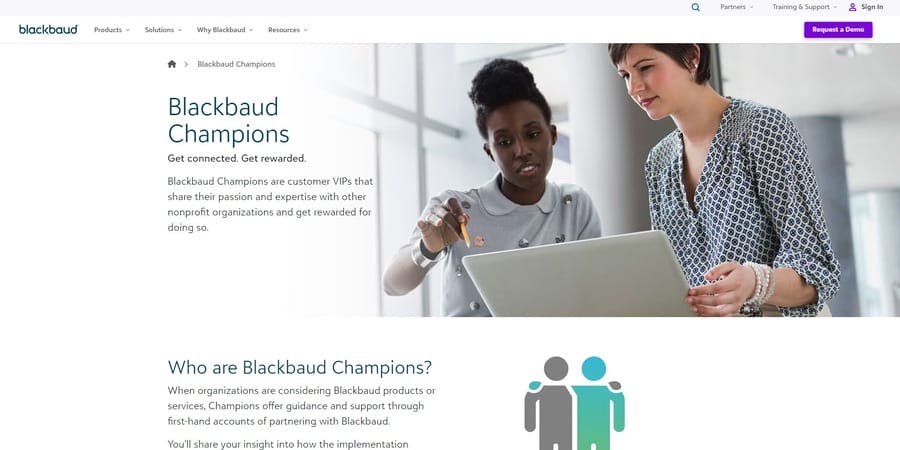
The program invites existing customers to share their experiences and rewards them through a points system that offers incentives such as event access, discounts and exclusive perks.
By recognizing and rewarding authentic client stories, Blackbaud transforms advocacy into a community-driven experience where customers feel part of the brand’s continued impact.
Why It Matters In 2026
In a trust-deficient digital economy, peer validation outweighs paid promotion.
Structured referral and advocacy programs turn satisfied clients into your most credible marketing channel, amplifying reach without inflating your spending.
10. Track Performance With Analytics And Attribution
Measurement determines whether a strategy creates real progress or simply activity.
Analytics uncover the connections between timing, messaging and audience behavior that influence outcomes.
On the other hand, attribution links those insights to financial impact, revealing which initiatives drive growth and which drain resources.
A well-defined B2B strategy uses this understanding to direct investment, improve accountability and turn data into a tool for forward planning rather than hindsight.
Improving analytics and attribution starts with these elements:
- Applying multi-touch attribution to understand how each channel and interaction contributes to movement throughout the buyer journey
- Prioritizing ROI-based metrics that connect marketing activity directly to revenue and long-term customer value
- Integrating cross-channel data into a unified system that shows how campaigns and audiences interact over time
- Establishing shared reporting frameworks between marketing and sales to align goals and validate outcomes
- Using predictive analytics to identify where future opportunities or inefficiencies may appear and adapt before performance slows
Why It Matters In 2026
Data silos are collapsing as marketing, sales and product teams converge on shared metrics.
Modern analytics and multi-touch attribution models provide real-time visibility into ROI, helping brands invest in what truly drives pipeline growth.
Digital Silk’s B2B Marketing Example
Digital Silk partnered with AGS Devices, a B2B supplier in the aerospace, industrial and healthcare sectors, to move beyond traditional offline sales and create a measurable digital growth strategy.
Our team executed a focused campaign across SEO, LinkedIn Ads and content marketing designed to reach high-value decision-makers and strengthen AGS’s authority in its category.
Within three weeks, organic traffic surged by 80%, LinkedIn cost-per-lead dropped by 48% and account reach increased by more than 3,800%. The campaign transformed AGS’s digital presence into a scalable channel for qualified B2B leads and long-term visibility.
Emerging B2B Marketing Trends For 2026 & Beyond
The next evolution of B2B marketing is defined by data transparency, personalization and AI-driven precision.
Here are five key trends shaping strategy for the coming years:
- The rise of predictive account-based marketing (ABM): B2B companies are combining firmographic data with predictive analytics to identify high-value accounts before they enter the buying stage. As buying groups expand and journeys become less linear, spotting intent earlier helps focus resources, lift win rates and shorten sales cycles.
- AI-powered content orchestration: AI adoption is moving past simple writing assistance to help optimize multi-channel delivery, timing and personalization in real time. 79% of business leaders say their company needs to adopt AI to stay competitive, which is accelerating investment in orchestration and decisioning tools.
- First-party data as the new currency: With third-party cookie deprecation underway, brands are investing in owned data ecosystems to retain targeting accuracy. Privacy shifts and signal loss make rented audiences unreliable, so consented, unified first-party data restores measurement and cross-channel match rates.
- Interactive and conversational marketing: Chatbots, interactive calculators and real-time demos are replacing static forms and creating more engaging experiences. Buyers now expect immediate, self-serve value and interactive touchpoints surface intent sooner while reducing friction from traditional gates.
- Humanized storytelling in a data-heavy world: Enterprises are rediscovering emotional resonance and brands that combine credibility with empathy can create more meaningful buyer relationships. When features feel interchangeable and procurement scrutiny is high, clear narratives about stakes, outcomes and customer impact de-risk decisions.
What This Means For You
Future-proof B2B marketing strategies require blending automation with authenticity using technology to enhance, but not replace, human connection.
B2B Vs. B2C Marketing Differences
B2B and B2C marketing strategies operate on different expectations, timelines and decision dynamics.
These distinctions guide how you apply B2B marketing tips to create campaigns that connect with logic, value and long-term partnerships rather than impulse or emotion:
- Goals: B2B marketing focuses on driving efficiency, ROI and operational impact, while B2C marketing centers on lifestyle, enjoyment and immediate satisfaction.
- Purchase motivators: B2B buyers prioritize logic, trust and tangible results, whereas B2C customers respond more to emotion, convenience and aspiration.
- Decision process: B2B purchases often involve multiple stakeholders and longer evaluations, while B2C decisions are faster and usually made by an individual.
- Sales cycle: B2B transactions require sustained engagement through nurturing and relationship-building, while B2C cycles are shorter and driven by direct conversions.
- Content strategy: B2B marketing relies on educational and data-driven content to demonstrate expertise, while B2C marketing favors storytelling, visuals and emotional appeal.
- Customer relationships: B2B relationships extend beyond a single purchase and are built on ongoing value delivery, while B2C interactions often focus on brand loyalty and repeat buying behavior.
| CRITERIA | B2B MARKETING | B2C MARKETING |
| Goals | Focused on ROI, efficiency and long-term business growth | Focused on personal satisfaction, lifestyle and immediate enjoyment |
| Purchase Motivators | Driven by data, logic and measurable value | Driven by emotion, convenience and aspiration |
| Decision Process | Involves multiple stakeholders, research and validation | Usually decided by one person with minimal consultation |
| Sales Cycle | Longer cycles that rely on education, nurturing and trust | Shorter cycles often based on impulse or immediate need |
| Content Strategy | Built on thought leadership, data and expertise | Built on storytelling, visuals and emotional resonance |
| Customer Relationships | Maintained through collaboration, service and ongoing results | Sustained through loyalty, satisfaction and repeat purchases |
The Future Of B2B Marketing
In the coming years, AI, data integrity and immersive experiences will draw a clear line between brands that evolve and brands that stand still.
Marketing automation sits at the core of that shift, as 46% of B2B organizations say they use marketing automation extensively, with adoption centered on event-driven journeys that adapt to buyer behavior in real time.
The front-runners will create connected ecosystems where insight drives momentum and participation builds lasting advocacy.
Automation will unify signals across Customer Relationship Management (CRM), Marketing Automation Platform (MAP), Customer Data Platform (CDP) and ad platforms, trigger next-best actions and keep consent, governance and personalization in lockstep.
B2B marketing has moved beyond chasing leads and focuses entirely on earning credibility, cultivating real communities and driving meaningful change at every point of client interaction.
In this model, automation doesn’t replace the human touch, but rather scales it and frees businesses to craft stories, deepen relationships and prove impact with clear, closed-loop measurement.
Create Your B2B Marketing Strategy With Digital Silk
Effective B2B strategies begin with understanding what truly drives a buyer’s decisions and how to meet those needs with relevance and consistency.
They connect insight with creativity to turn marketing into a driver of long-term partnerships and sustainable growth.
Digital Silk offers marketing services for B2B brands that want to attract high-value clients, increase visibility and translate strategic vision into meaningful results.
As a professional digital marketing agency, our services include:
- Advanced digital marketing solutions
- B2B lead generation
- SEO services
- PPC management
- Social media marketing
Contact our team, call us at (800) 206-9413 or fill in the Request a Quote form below to schedule a consultation.
"*" indicates required fields


